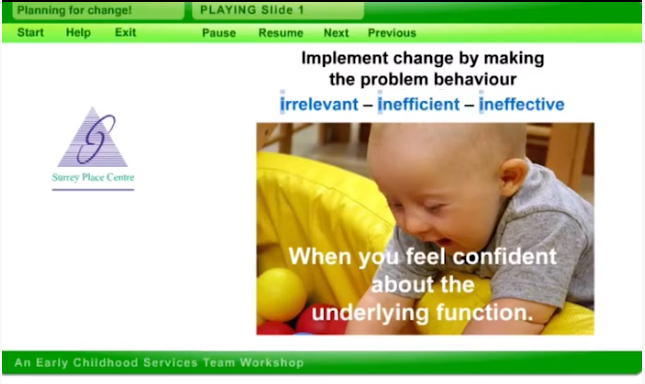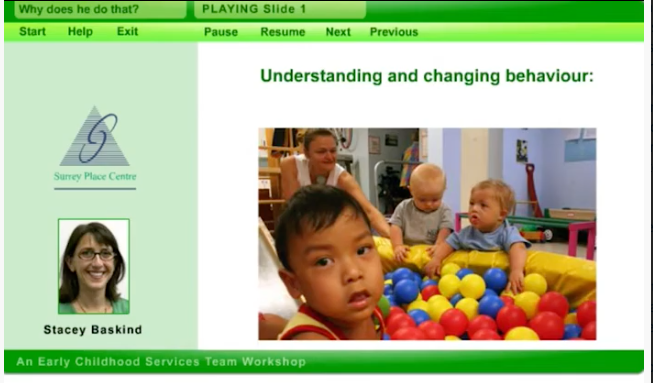A workshop on teaching Task Analysis
Prompting and Fading
A workshop on teaching prompts and how to fade them when your child is ready
Organizing the Meeting
This is the fourth part of a 4-part series called Planning for Life After School
Teachings of the Medicine Wheel
A workshop on the teachings of the Medicine Wheel
Informed Consent
A workshop on building trust and respect in your partnership with parents
Getting Started Early
This is the first part of a 4-part series called Planning for Life After School
Getting Ready for the Plan
This is the third part of a 4-part series called Planning for Life After School
Gaining Experience
This is the second part of a 4-part series called Planning for Life After school
Understanding behaviour 2
Planning for change
 Play video
Play video
The second part of the behaviour workshop, understanding and changing behaviour

